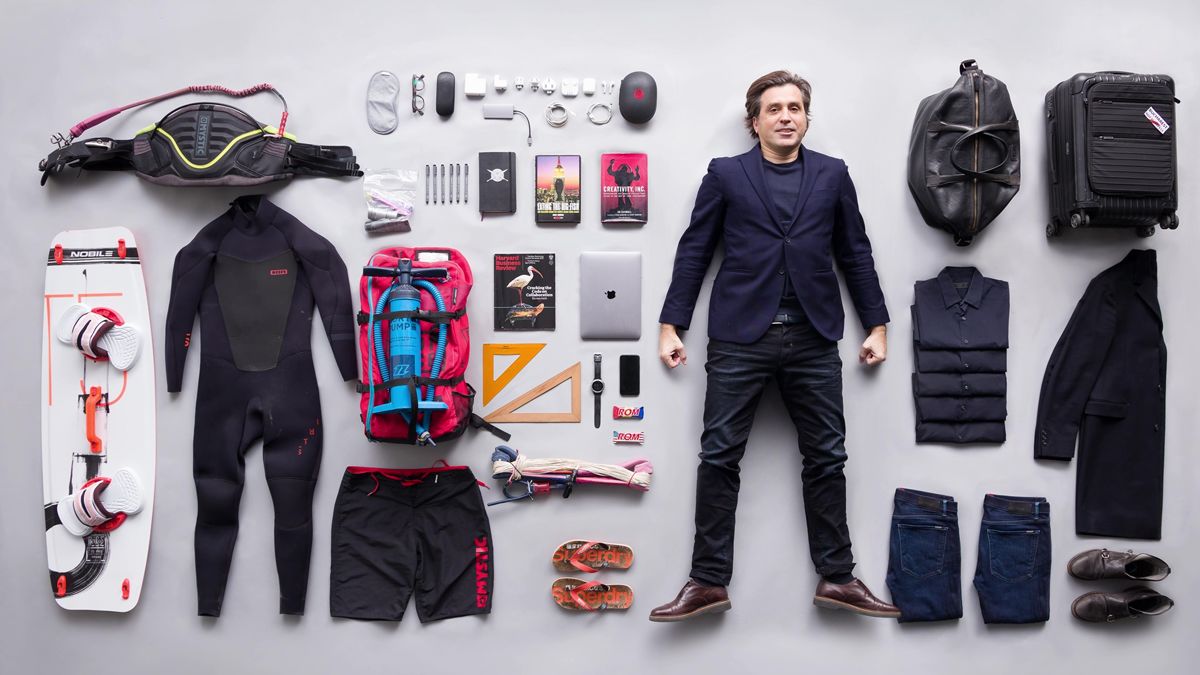Rebel Without a Pause
In recent years McCann Worldgroup Europe has been smashing it; with a bounty of accolades including Cannes 2019 European Network of the Year. Could the secret of this success have something to do with the persistant audacity of newly promoted CCO Europe/Global ECD, Adrian Botan? He tells Carol Cooper about challenger spirits, dissing dictators and advertising as exorcism.
I’m not 100 per cent sure where Adrian Botan lives. And neither is he: “I’m kind of nowhere,” he says. With much of his work in London but his family in his Romanian homeland he flits between the two countries.
“I work in London, many weekends I’m in Bucharest, or an airport lounge somewhere in Europe.” His favourite film is Up In the Air, starring George Clooney as an obsessively efficient frequent business flyer. “I try to emulate Clooney’s hacks and strategies to get quicker in the airport. Maximum efficiency, that’s me.”
“I think culture is complex. You can shape it, but you can’t control it, it’s not hierarchical; it comes from identity, from the artefacts you create.”
He needs to be with his workload; “I’ll be working with across all the markets in Europe, plus the Middle East, Africa and Asia.” He admits it can be frustrating to be less hands-on with campaigns, “but I will still have a chance to impact some of the best work; I’ll be keeping an eye on global accounts from a regional perspective for Mastercard, Coke, L’Oreal and Nespresso.”
He’ll also be involved in the “nitty gritty” of how regional offices are organised. “I have to have the processes in place to stimulate creativity, to influence the culture.”
Credits
View on- Agency McCann/Bucharest
Explore full credits, grab hi-res stills and more on shots Vault
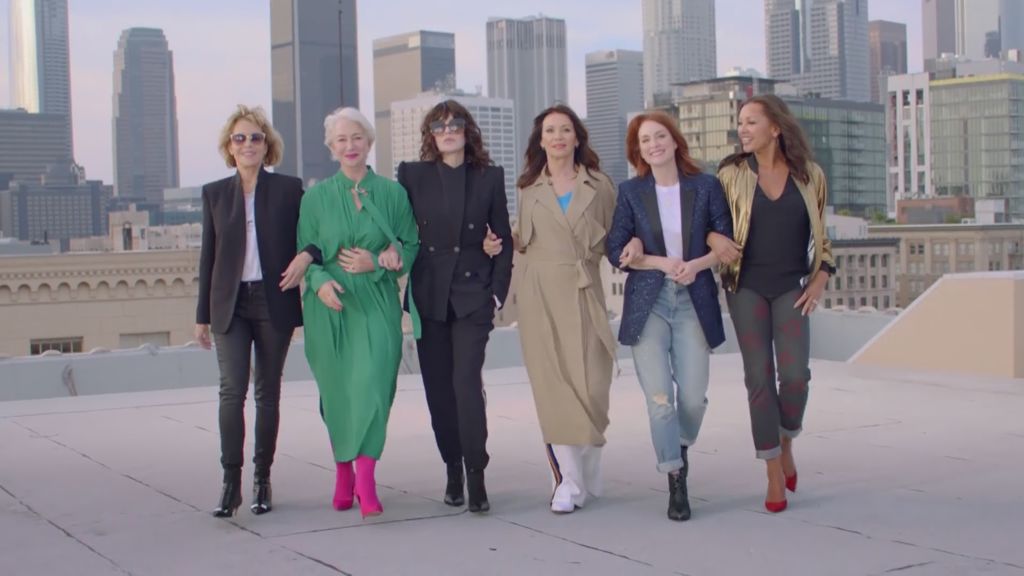
Credits
powered by- Agency McCann/Bucharest
L'Oreal/British Vogue, Non Issue.
So how does one set about stimulating creativity and shaping the culture? “I think culture is complex. You can shape it, but you can’t control it, it’s not hierarchical, there is an element that’s top down, but it comes from identity, from the artefacts you create, and how people interact with each other.” He says at McCann they collaborate “like friends, it’s informal and trust-based.
"A willingness to share credit is how the work gets better. After all, you don’t want to be the sole owner of a piece of crap!”
You have to be candid, to get passed the stage where you’re are too polite to say something doesn’t work, but you must also be constructive, not negative, so build on ideas or shut-up!”
The emphasis on candour is reminiscent of Creativity Inc, Pixar’s manual for promoting creativity that Botan cites as inspiration. Written by the Studios’ co-founder Ed Catmull, it explains the efficacy of Pixar’s Braintrust, a conference held every few months: “Its premise is simple,” wrote Catmull, “Put smart, passionate people in a room together, charge them with solving problems, and encourage them to be candid. [It’s] not foolproof, but when we get it right, the results are phenomenal.”
Credits
View on- Agency McCann/London
- Senior Copywriter Jim Nilsson
- Senior Art Director Jacob Gjelstrup Bjordal
- Chief Creative Officer Robert Doubal
- Chief Creative Officer Laurence Thomson
- Executive Creative Director Sanjiv Mistry
- Executive Creative Director Jamie Mietz
- Design Director Dan Howarth
- Producer Doris Tydeman
- Editor Andrew Tusabe
Explore full credits, grab hi-res stills and more on shots Vault

Credits
powered by- Agency McCann/London
- Senior Copywriter Jim Nilsson
- Senior Art Director Jacob Gjelstrup Bjordal
- Chief Creative Officer Robert Doubal
- Chief Creative Officer Laurence Thomson
- Executive Creative Director Sanjiv Mistry
- Executive Creative Director Jamie Mietz
- Design Director Dan Howarth
- Producer Doris Tydeman
- Editor Andrew Tusabe
Botan is also President of McCann’s Creative Leadership Council (CLC) in the European region, which he says is the agency’s version of the Braintrust. It has resulted in plentiful award-winning work: The L’Oreal/British Vogue Non Issue campaign, which celebrated women over 50, was a collaboration between McCann’s Paris and London offices; XBOX Design Originals, Fanchise Model, which bagged the inaugural eCommerce Grand Prix at Cannes 2018, and IKEA ThisAbles, a suite of adaptors that make the retailer's products accessible to those with disabilities, won the 2019 Cannes Grand Prix for Health and Wellness.
“Living under communism meant there were two options: comply or be subversive. The majority took the easy choice. I’m not saying I was a dissident, but I was always in a group, even in high school, that liked to think of itself as subversive.”
“ThisAbles took 18 months, through six CLC meetings and changed a lot in the process. The idea came out of Tel Aviv, but it was shaped with the help of the CD in Bucharest and the team in London.” He stresses that collaboration is about willingness to share credit. “This is how the work gets better. After all, you don’t want to be the sole owner of a piece of crap!”
So does McCann’s winning streak put extra demands on leaders to make sure the network stays ahead? “There is a pressure of course, but I think we’re in this business because we like pressure.” Though he says McCann’s Global Creative Chairman Rob Reilly has a nice way of not piling the stress on his staff: “Over the last three years, when we have won awards, he’s said to the winners, ‘this will be impossible to win again next year, so don't worry, if you don’t do it, then another office will. Just do your job, do the right things and the wins will come'.”
Credits
View on- Agency McCann/Tel Aviv
Explore full credits, grab hi-res stills and more on shots Vault
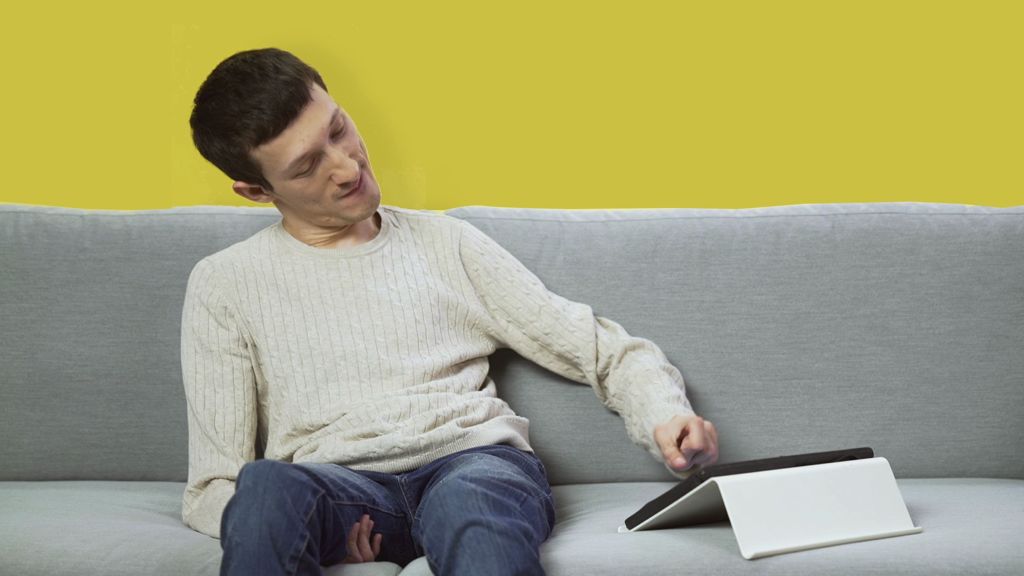
Credits
powered by- Agency McCann/Tel Aviv
“Rob and I have a strategy – to diversify,” he explains, “we make sure all the pressure isn't focused on one office. McCann is one of the few networks that doesn’t have one agency massively dominating. London is kind of a flagship agency, but you also have Paris, Madrid and Bucharest. And despite all this 'no pressure' talk from Rob, we’ve still managed to win a Grand Prix in Cannes every year for the past three years – you can build platforms for winning.”
“There was oppression and there was censorship. People learned that it wasn’t safe to tell the truth, it wasn’t safe to speak freely about things heard at home. But I did the total opposite.”
Building metaphors crop up frequently in his discourse, fitting for an ex-architecture student. As a boy, his remarkable dexterity with Lego prompted his family to encourage him to train as an architect. However, his first desire – and something that reveals early rebellious tendencies, was to be a journalist.
“I guess it was because there was no free press in the country when I was growing up, so being a journalist seemed cool. I was inspired by films like All the Presidents Men [the 1976 political thriller in which Robert Redford and Dustin Hoffman expose the Watergate scandal.]
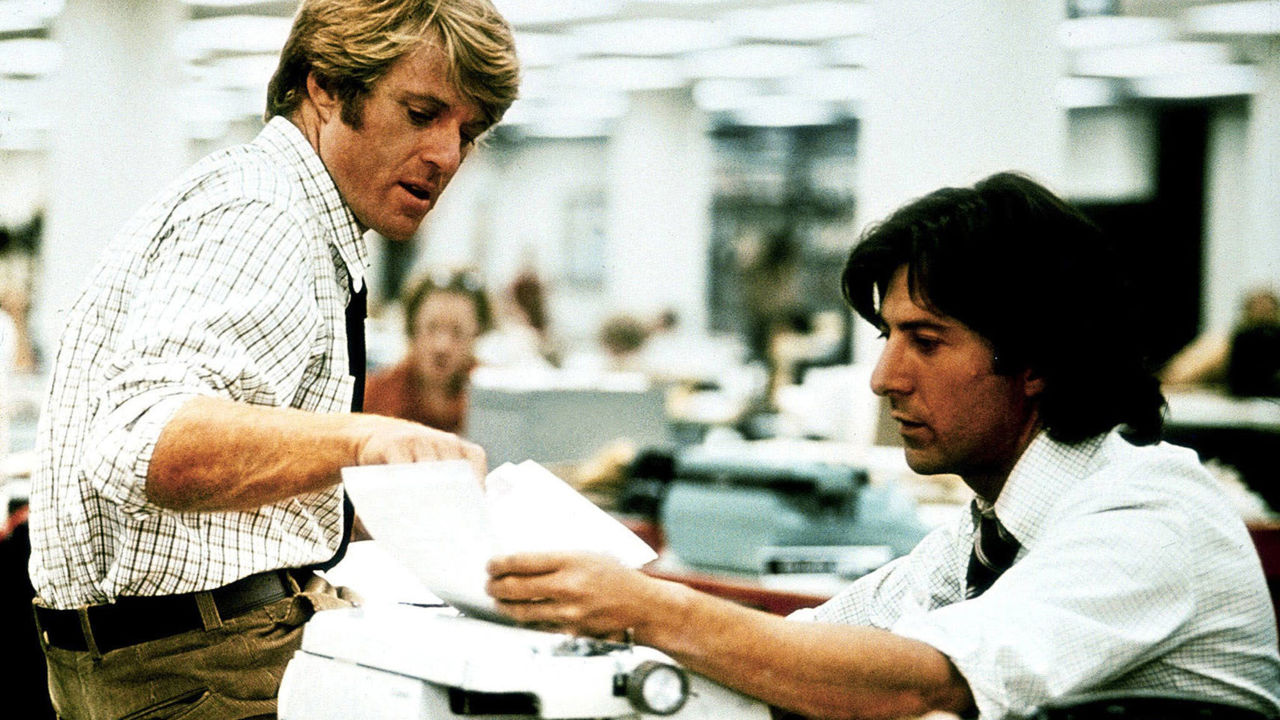
Robert Redford and Dustin Hoffman in All The President's Men.
A penchant for speaking out, come what may, got him into scrapes as a schoolboy under the dictator Nicolae Ceausescu, who was Romania’s communist party leader from 1965 until he was executed in the revolution of 1989.
“There was oppression and there was censorship. People learned that it wasn’t safe to tell the truth, it wasn’t safe to speak freely about things heard at home. But I did the total opposite.”
“We wanted to embrace deconstructivist architecture, [constructivism minus the communism]."
He relates a sinister phone call his parents once received from the authorities: “I was a second grader and the school called my dad because I’d said something critical about Ceausescu. They asked, ‘where is he hearing that?’. Living under communism meant there were two options: comply or be subversive. The majority took the easy choice. I’m not saying I was a dissident, but I was always in a group, even in high school, that liked to think of itself as subversive.”
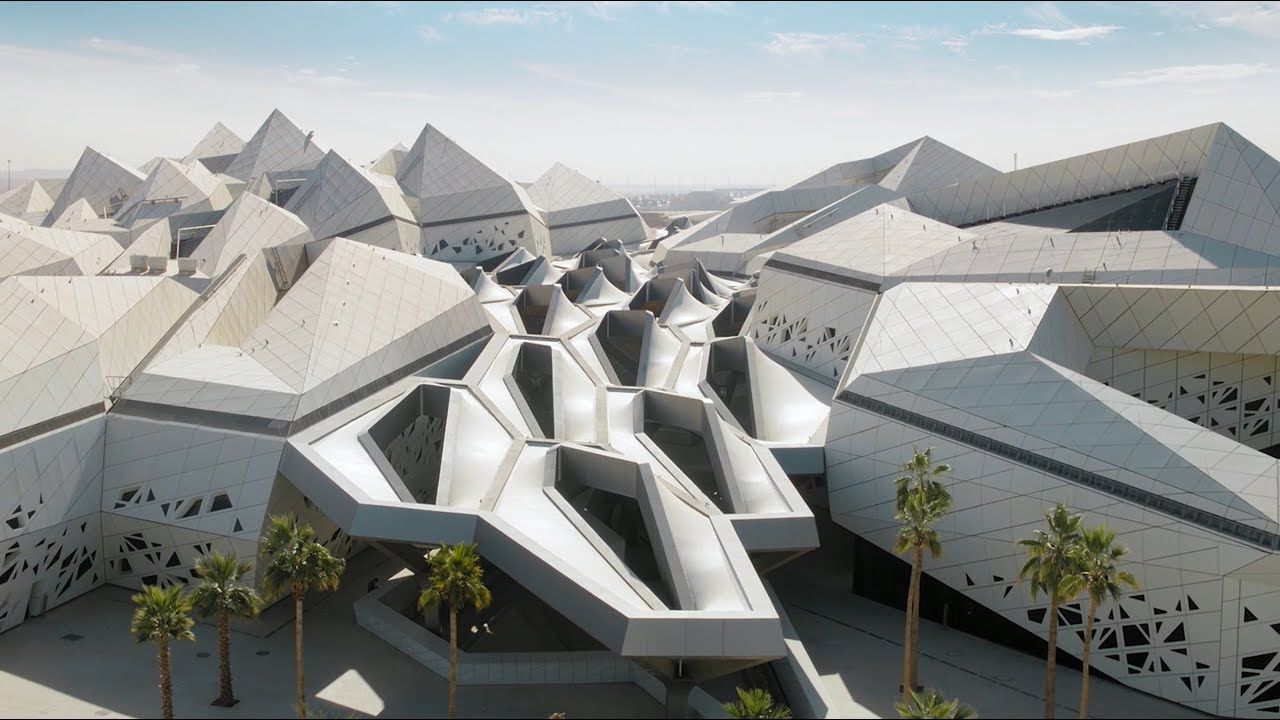
Zaha Hadid Architects, King Abdullah Petroleum Studies and Research Centre, Saudi Arabia.
Despite his yearning to be a journalist, he did opt to study architecture as it combined his artistic talents with the fact that he was also “quite nerdy” and liked maths. He’d just started his course, aged 22, when Ceausescu was toppled. “I was starting a new chapter in my life; it felt so liberating and amazing.”
“We’d had, maybe, 80 years of propaganda that we needed to take out of the system. Basically, in the 90s, we were performing an exorcism on our communist heritage.”
He was one of two students to become representatives in the senate of the faculty, so participated in running the university and was hoping to be involved in radical political change – but the revolution had its setbacks. “After a year we realised that the same people held the power, the ‘middle management’ had stayed the same – it was just the leadership that had changed.”
Still, he persisted in pushing the envelope by leading protests against lecturers who were promoting the constructivist style of architecture that flourished in the Soviet Union in the 20s and 30s and combined high-tech engineering with a communist social purpose. “We wanted to embrace deconstructivist architecture, [constructivism minus the communism]. Representatives of this, such as Zaha Hadid or Coop Himmelb(l)au became famous later on, but hadn’t emerged in the 90s – at that time it was still niche,” he explains.

McCann Bucharest's campaign for Bihor Couture took a cheeky swipe at a major fashion brand.
Though he was enjoying architecture, he was intrigued by the advertising students. There was a buzz around their intense teamwork, the way they’d stay up all night on a project appealed and he switched courses. In 1995 he joined a small agency in Bucharest, moved to DMB&B two years later, then 1998 joined McCann Bucharest, where, in 2009, he became Creative Partner.
I ask him how an ad industry develops in a country that’s endured years of state censorship? How does it start to embrace the culture of free speech in a free market economy?
“Morgan promoted this idea of challenger brands, and we realised that we were challengers as a country, and as an agency."
“We’d had 60 years of communism and before that, in the 30s, a borderline fascist nationalism – so you have, maybe, 80 years of propaganda that you need to take out of the system. Basically, in the 90s, we were performing an exorcism on our communist heritage.”
He says that satire and irreverence was what people were looking out for. While at DMB&B, he created a piece of work that won Romania its first international advertising award, a campaign for Romania’s first telco: “it was a print campaign mocking the Ceausescu family, it was like a Private Eye cover – you had the photographs and then speech bubbles added after.”

Eating the Big Fish: How Challenger Brands Can Compete Against Brand Leaders by Adam Morgan.
He says adopting a ‘challenger spirit’ became a conscious strategy, citing Adam Morgan’s book Eating the Big Fish as inspiration. “Morgan promoted this idea of challenger brands, and we realised that we were challengers as a country, and as an agency. So at McCann Bucharest, we started to define ourselves in a more structured way as challengers.”
This approach dictated the kind of work the agency would take on, leading them to decide not to focus on traditional advertising. “It would have been impossible to compete globally with markets that had accumulated years of knowledge. They had the budgets and production experience, so we decided to have a digital-first strategy.”
"We had to subvert the idea of national pride, as the communist regime had used nationalism in order to brainwash people into putting up with austerity."
This stroke of genius, coupled with the “the thread of subversion running through the campaigns we were doing” led to such courageous, gong-gathering creative as the campaigns for ROM chocolate.
The first of the groundbreaking stunts, American ROM, used deep psychological insight that covertly stimulated Romanian’s patriotism, leading to astronomical ROI for the client and the Bucharest office bringing home two Cannes Grands Prixes to Central and Eastern Europe – a first for the region.
Credits
View on- Agency McCann/Bucharest
Explore full credits, grab hi-res stills and more on shots Vault
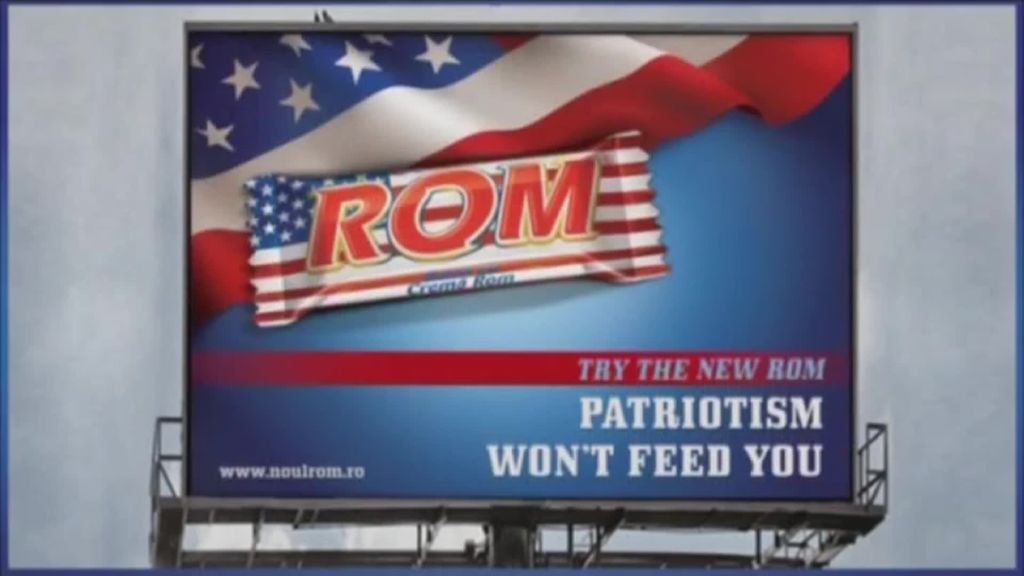
Credits
powered by- Agency McCann/Bucharest
The ROM bar, wrapped in the Romanian flag had long been positioned as a nostalgia brand, something you grew up with during communism, but the client wanted to something different. Botan and his team tried a typically risk-taking approach. “Romanian pride was the brief, but we couldn’t say ‘be proud’. We had to subvert the idea of national pride, as the communist regime had used nationalism in order to brainwash people into putting up with austerity.
"The message had been that Romania had a great past, but now we were surrounded by enemies – the capitalists – and that's why we weren’t succeeding.” Realising that people hated nationalism, Botan's team decided to announce that ROM bars would henceforth, be wrapped in US flags.
“When I look back, I realise that campaigns like American ROM helped to exorcise the propaganda years; to exorcise the dictatorship. It had been like a demon that had been possessing us."
For the make-it-or-break-it pitch to the client, Botan showed vox pops of people reacting negatively to the hoax news that their familiar Romanian-flag-wrapped ROM bars were no more. “We took away something people took for granted and let them rediscover their national pride. It created conversation that touched various areas of the nationalistic spectrum, but we were moderating it, we weren’t driving it."
"That’s an important distinction," he adds, "it wasn’t a top-down nationalistic campaign, but something that provoked debate, that was the breakthrough. We called it reactive patriotism. People only remember their patriotism when provoked!”
The next ROM campaign, Romanians Are Smart, was similarly ground-breaking in its cunning harnessing of human behaviour to create a conversation that took on a life of its own.
Credits
View on- Agency McCann/Bucharest
Explore full credits, grab hi-res stills and more on shots Vault

Credits
powered by- Agency McCann/Bucharest
“We had defined a modus operandi for ROM, which was to find a cause for it, then rally people to fight for the cause.” When a colleague in London posted a screen grab of the negative search result predictions that Google came up with following the words “Romanians are…” it sparked the idea of getting people actively involved in changing perceptions of Romanians around the world by altering Google’s search results.
“Maybe it was a personal thing that I had to do, too, in order to get over it. Maybe I still haven’t got over it..."
“The key to that campaign was creating the content, because changing the Google searches alone, wasn’t enough to change the predictions. A lot of bloggers were spontaneously writing about it but then we activated others. Basically, we created a lot of content. So it was very much a real-time marketing campaign, before real-time marketing became a thing.”
Credits
View on- Agency McCann/Bucharest
Explore full credits, grab hi-res stills and more on shots Vault

Credits
powered by- Agency McCann/Bucharest
Such challenging, subversive work was not only good for McCann but was part of the country’s cultural evolution.
“When I look back," says Botan, "I realise that campaigns like American ROM helped to exorcise the propaganda years; to exorcise the dictatorship. It had been like a demon that had been possessing us. We needed to clean the slate in order to evolve. Maybe it was a personal thing that I had to do, too, in order to get over it. Maybe I still haven’t got over it, but I think it was important part of my formative years. And important for Romanian advertising as well.”
“We all have to change and become more conscious about our consumption: the way we eat, the plastic we use when we buy food or water in plastic bottles. I feel guilty about this stuff."
So what next for the challenger? What causes will he be championing? A favourite piece of work he was recently involved in is Bordeaux 2050: Wine From The Future. While most product innovation campaigns set out to create something of value, this saw McCann Paris and client, The French Association of Journalists for the Environment, put a whole lot of cash and effort into creating something disgusting – an unpalatable wine that reveals how how viniculture will be negatively affected by climate change.
Credits
View on- Agency McCann/Paris
- Production Company Les Improductibles
- Director Alexandre Tissot
-
-
Unlock full credits and more with a shots membership
Credits
View on- Agency McCann/Paris
- Production Company Les Improductibles
- Director Alexandre Tissot
- Chief Creative Officer Adrian Botan
- Copywriter Guy Lewis
- Executive Creative Director Riccardo Fregoso
- Executive Creative Director Julien Chiapolini
- Post Production Studio Grande Armee
- Producer Aurelie Chevalier
- Producer Romain Manson
- Production Assistant Axel Balakrishnan
- Editor Thomas Beard
- Grade Clara Amoureux
- Motion Designer Valentin Audubon
- Creative Director Sebastien Boutebel
Explore full credits, grab hi-res stills and more on shots Vault

Credits
powered by- Agency McCann/Paris
- Production Company Les Improductibles
- Director Alexandre Tissot
- Chief Creative Officer Adrian Botan
- Copywriter Guy Lewis
- Executive Creative Director Riccardo Fregoso
- Executive Creative Director Julien Chiapolini
- Post Production Studio Grande Armee
- Producer Aurelie Chevalier
- Producer Romain Manson
- Production Assistant Axel Balakrishnan
- Editor Thomas Beard
- Grade Clara Amoureux
- Motion Designer Valentin Audubon
- Creative Director Sebastien Boutebel
As a frequent flyer, Botan is conflicted; he’s passionate about collaboration, about encouraging McCann’s cross-market joint ventures – “the spirit of community is the lifeblood of the company” – and knows that nothing beats IRL comms, but he’s well aware of his industry’s ecological impact. “We all have to change and become more conscious about our consumption: the way we eat, the plastic we use when we buy food or water in plastic bottles. I feel guilty about this stuff. I’m becoming more conscious about it. I’m skipping plastic if I have a choice. I walk instead of drive.
"In terms of business, it’s always better to meet face-to-face, and so it’s hard not to fly out for meetings, but hopefully we’ll learn how to do flying in a more efficient way in the future.”
We finish up chatting about sustainable air travel and I wave goodbye, imagining a future Adrian Botan in a de-carbonised hybrid plane; way up in the air.
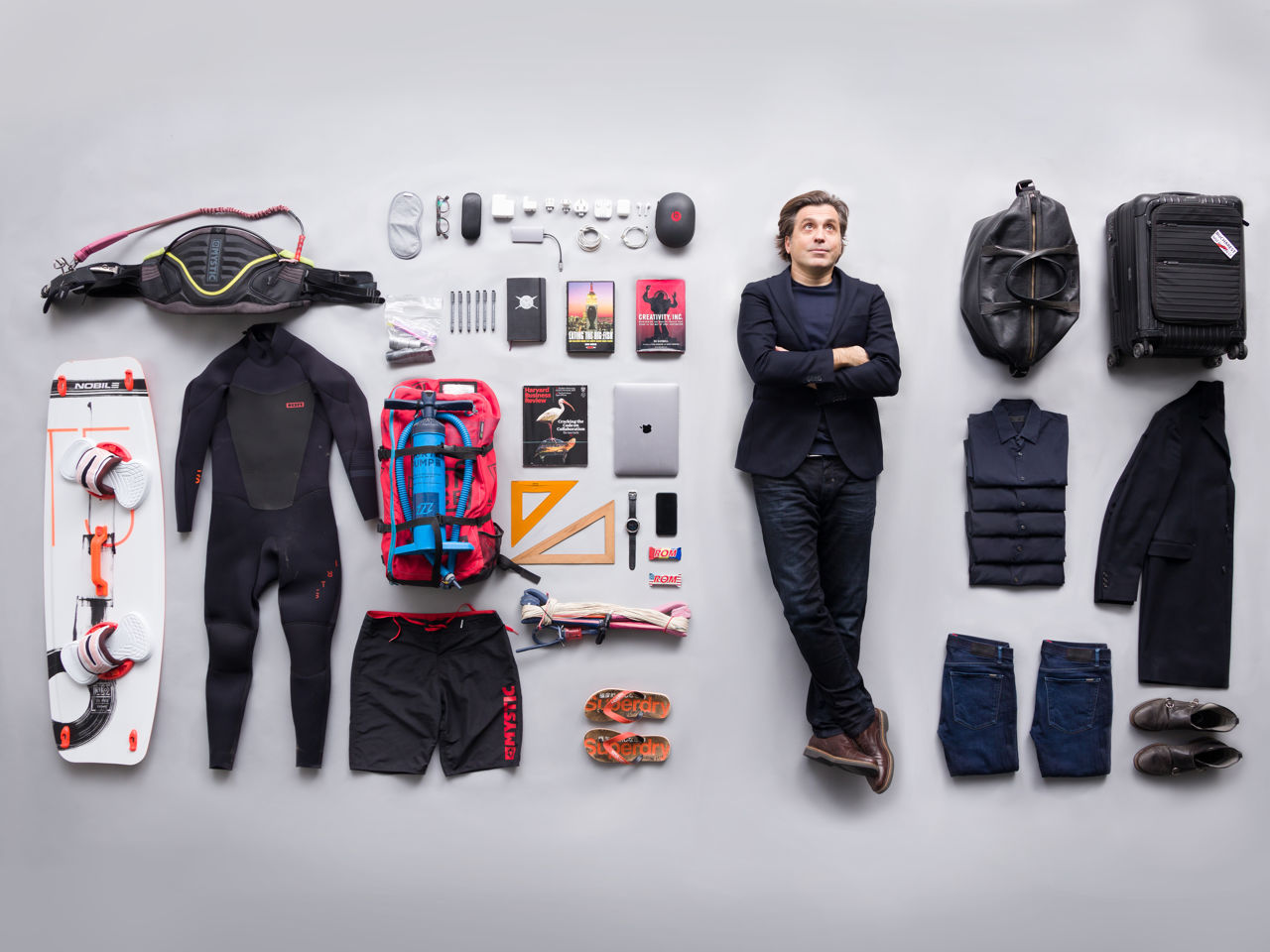
)











